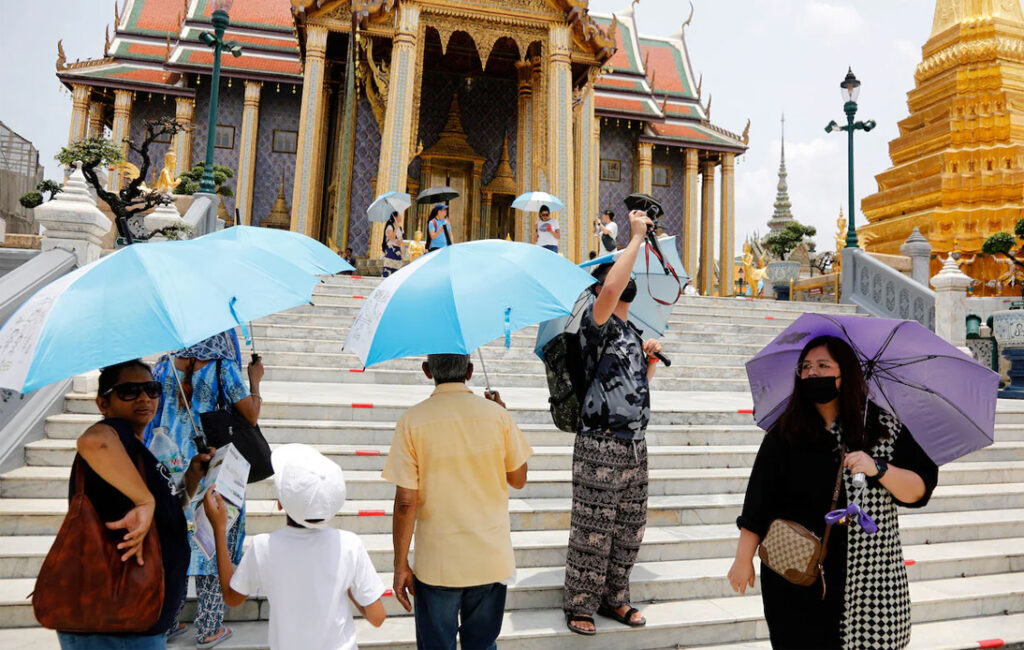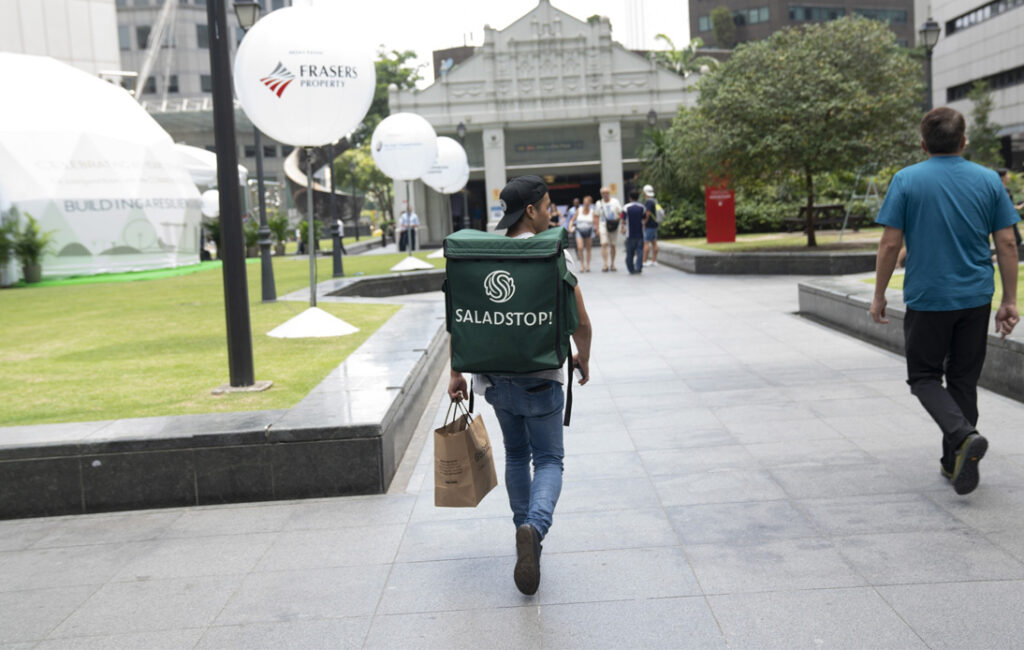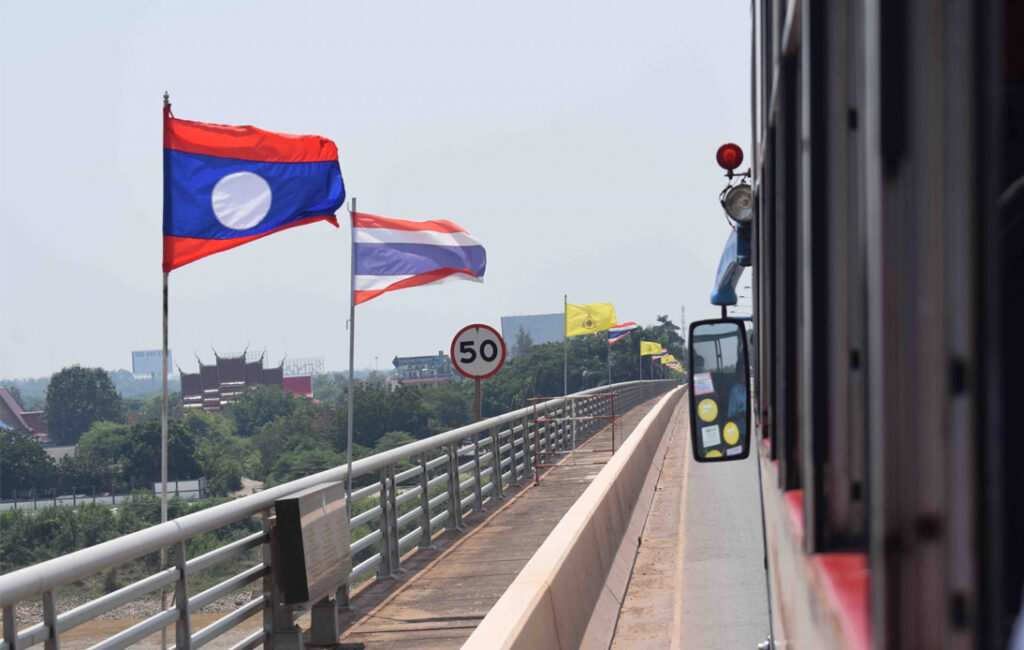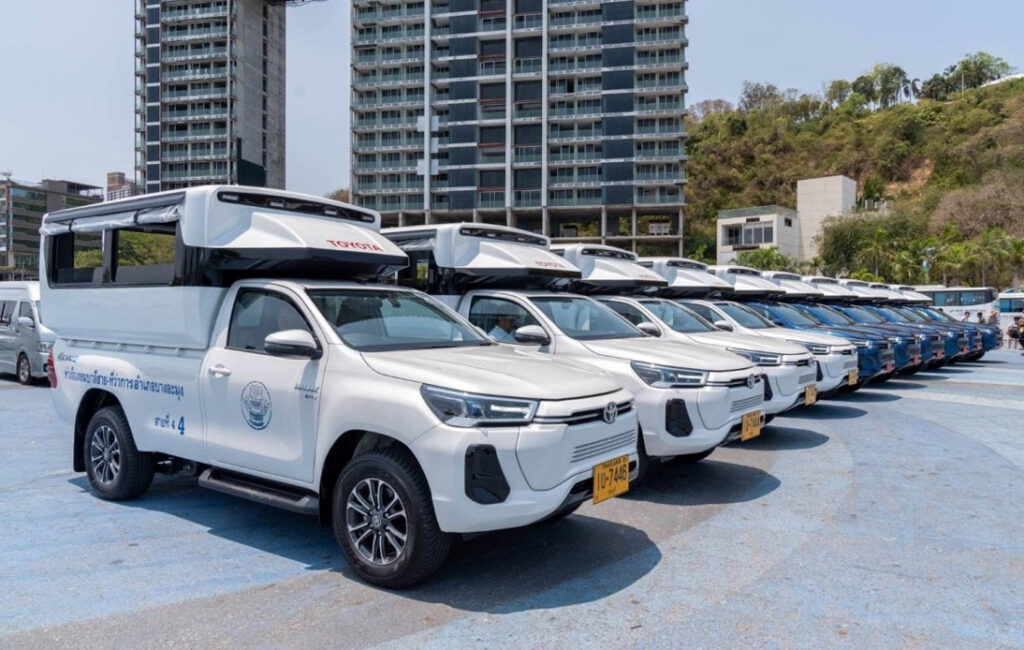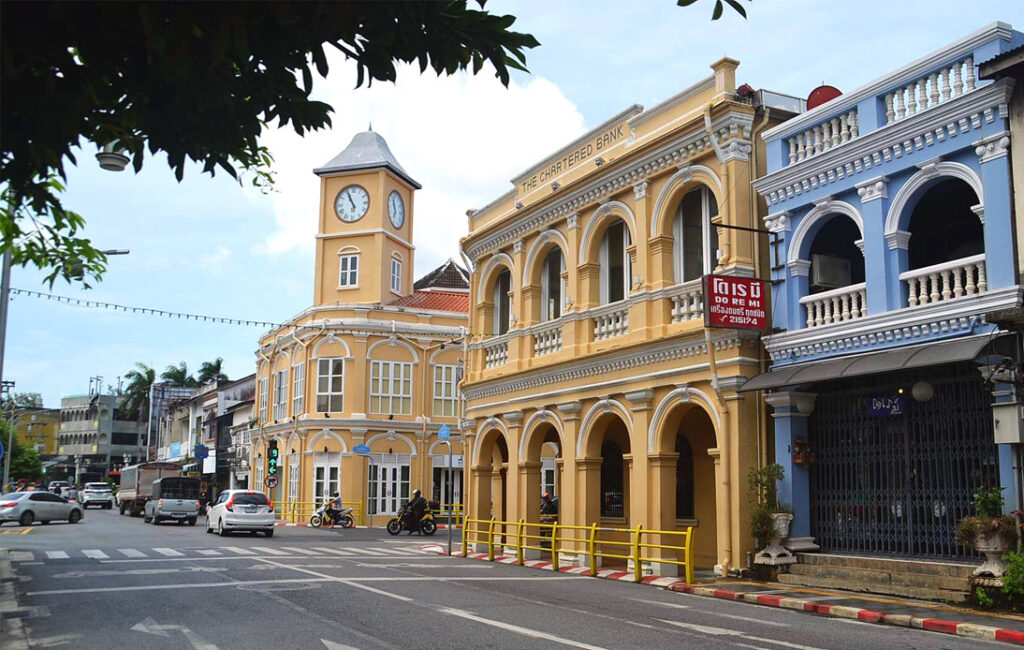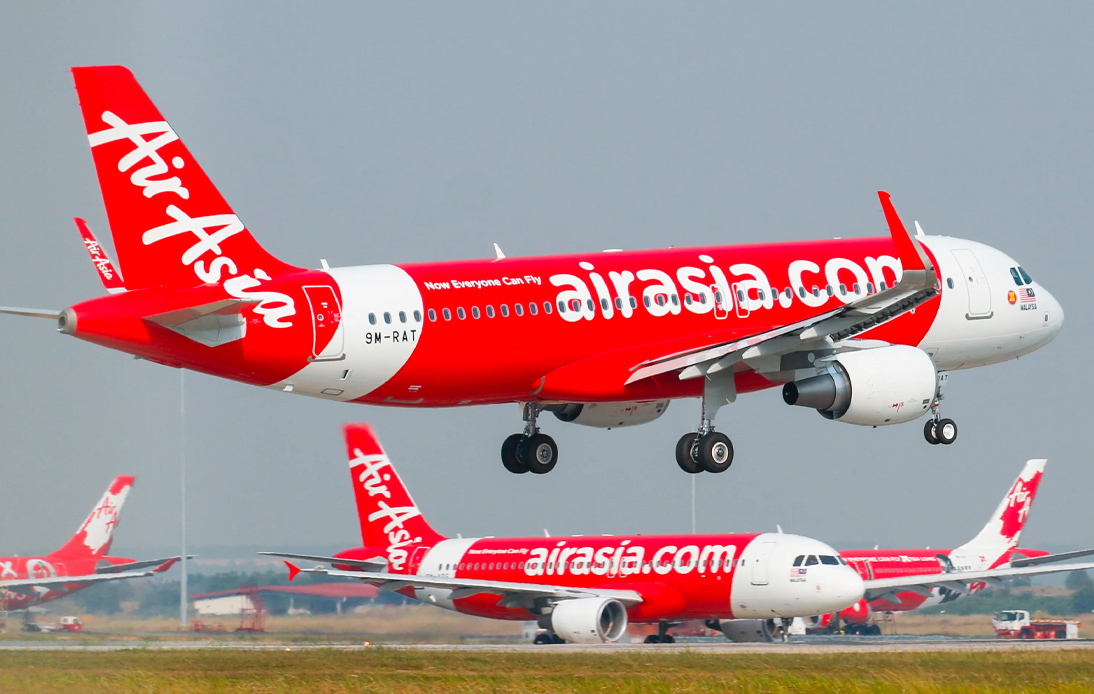
Thai AirAsia aims to secure 40% of the domestic passenger market by the end of 2023 and has plans to introduce two additional routes to Japan in the coming year.
Santisuk Klongchaiya, the Chief Executive of Thai AirAsia, noted that their market share rose to 37% in the first half of the year, surpassing the pre-pandemic 33%.
This was due to the robust performance of domestic routes, which averaged a 94% load factor across 32 routes spanning 21 provinces and eight inter-regional connections.
The Trade Competition Commission has spoken with several budget airlines in Thailand regarding ticket costs. Mr. Santisuk conveyed that the pricing model of the airline has been transparently shared with the regulator.
He indicated that the Civil Aviation Authority of Thailand (CAAT) now controls fare pricing and confirmed that the airline adheres to CAAT’s pricing regulations.
Concerning domestic paths, Thai AirAsia is the exclusive carrier for routes to Ranong, Chumphon, Loei, and the Hua Hin-Chiang Mai connection.
Although ticket costs are 10-20% above 2019 prices, Mr. Santisuk observed that this mirrors market dynamics, as aircraft supply doesn’t align with the growth in passenger numbers.
He mentioned that Thai AirAsia’s strategy is to incrementally boost capacity on current routes instead of venturing into new ones, aiming to operate 54 planes by the end of the year, an increase from the 45 in the first half.
In 2024, the airline’s vision is to expand their fleet with 60 jets, welcoming the addition of the Airbus A321, an upgrade that offers an extended flight time by one hour and accommodates 236 passengers, a jump from the 180 in the current Airbus A320.
This modern jet will empower the company to tap into the escalating interest for Japan, considering potential routes to Okinawa and Hiroshima, especially after the Fukuoka route observed more than an 80% load factor, Mr. Santisuk highlighted.
“Next year we aim to match 2019 levels with at least 22 million passengers, up from 20 million projected for this year,” he commented.
Mr. Santisuk indicated that the anticipated growth is largely due to the resumption of flights to China. By year’s end, the airline expects to offer 138 weekly flights, up from 108 in the year’s first half.
Yet, he expressed concern over the slow-paced Chinese economic growth, suggesting the new Thai administration mull over removing visa-on-arrival charges for Chinese visitors, highlighting that the ongoing 2,000 baht fee surpasses other nations.
The director of commercial operations at Thai AirAsia, Tansita Akrarittipirom, pointed out that their network in China spans 11 cities across 18 routes, with aspirations to further extend this in the latter half of the year.
She also emphasized the Indian market, stating the intention to expand beyond the current eight connections, but acknowledged challenges, specifically limits on seating allocations for flights between Thailand and India.






